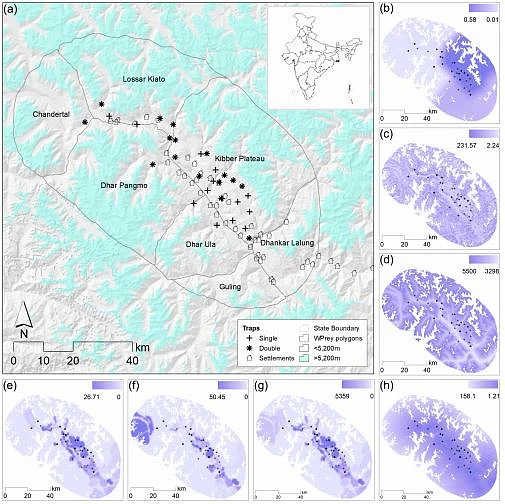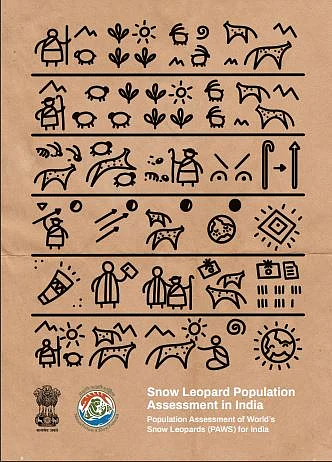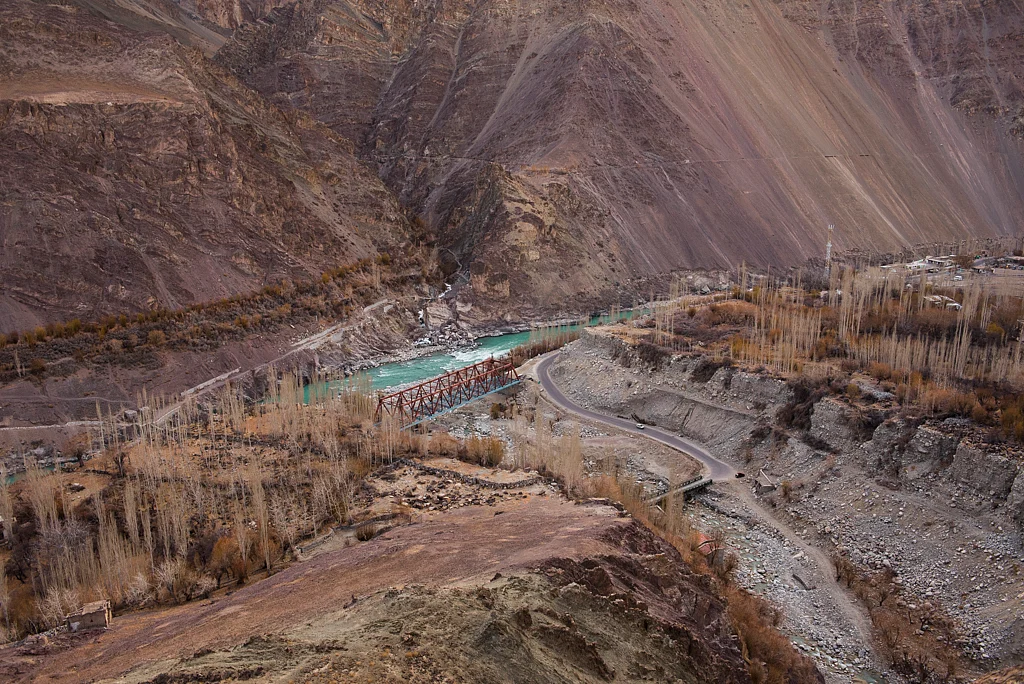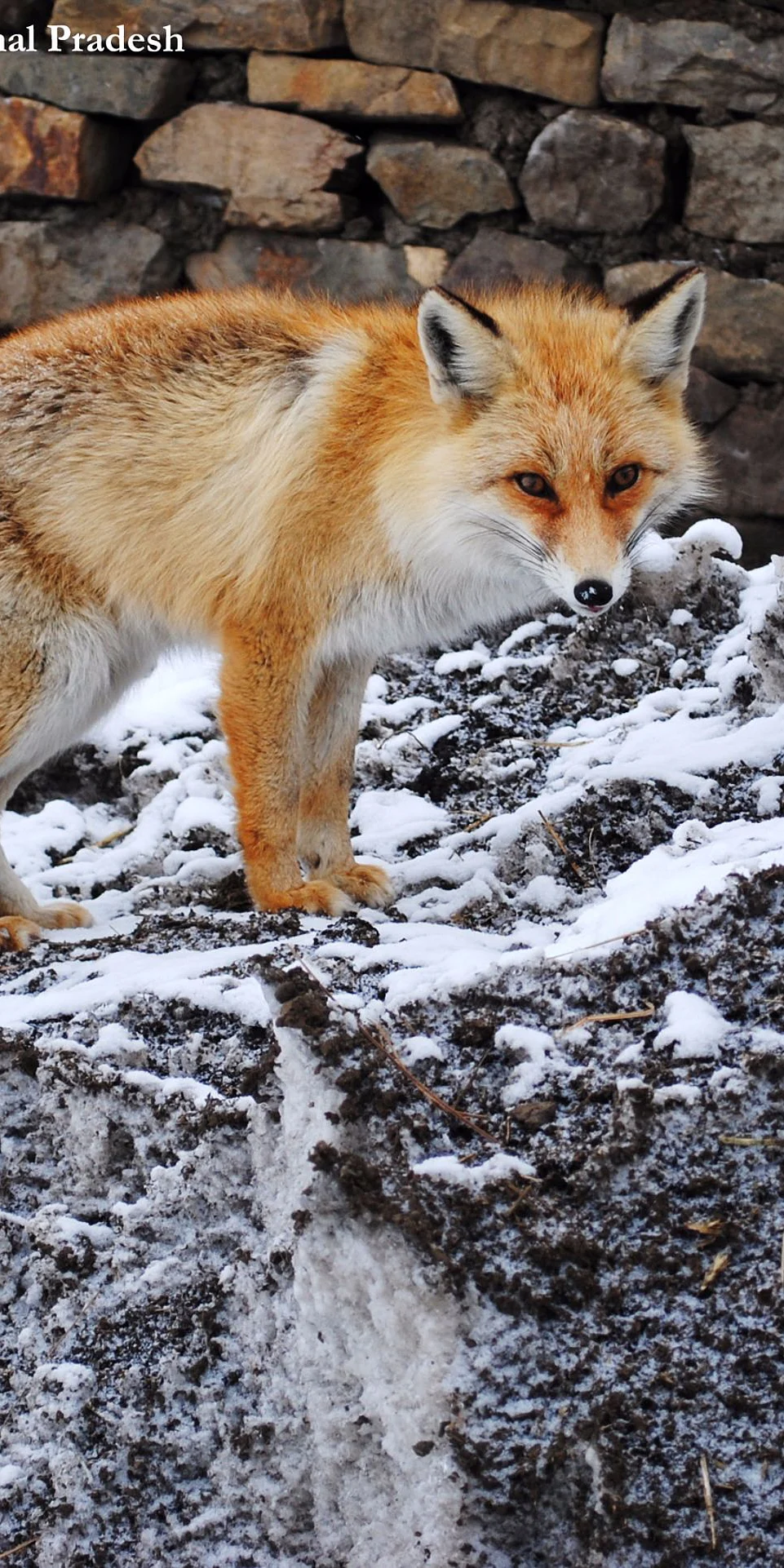Yash Veer Bhatnagar
Former Programme Head, High Altitudes
Ph.D.
My primary interests lie in the cold-arid landscapes of the Trans-Himalaya. My present research and conservation interests are in studying ungulate-habitat relationships, interactions with livestock, models for coexistence of herders and wildlife, people-wildlife conflict resolution, alternative models for conservation (especially outside wildlife PAs), participatory planning and action. I had a liking for the Himalaya right from childhood. During my graduate days at the G.B. Pant University of Agriculture & Technology in Pantnagar at the foothills of the Kumaon Himalaya, a definitive interest in wildlife emerged. I went on to complete a Masters degree in Agricultural Entomology in 1989, but then took up another Masters in Wildlife Science at the Wildlife Institute of India (WII), Dehradun. I worked on ranging and habitat use by Himalayan ibex under the guidance of Drs. G.S. Rawat, Michael Stüwe and A.J.T. Johnsingh for my PhD and was awarded the degree in 1997. In between, I conducted a brief study on enumerating penguins and seals in a part of Antarctica as part of the 15th Indian Antarctic Expedition in 1995-96—a very welcome interlude! After my PhD I worked for a year with the International Snow Leopard Trust as their country representative, before joining the WII as a faculty, where I served between 1999 and 2003.I joined NCF in July 2003, I have been co-directing the High Altitude Program through research, conservation and training activities.
Projects
Publications

Journal Article
2021
Spatial variation in population-density of snow leopards in a multiple use landscape in Spiti Valley, Trans-Himalaya.

Journal Article
2021
The forgotten mountain monarch? Understanding conservation status of the vulnerable Ladakh Urial in India


Journal Article
2020
Ecosystem service dependence in livestock and crop-based production systems in Asia's high mountains.
Conference Proceedings
2018
Snow leopard and prey: Landscape-level distribution modeling & impacts of migratory livestock grazing in Symposium Assimilated Knowledges: an integrated approach to conservation in snow leopard landscapes
Journal Article
2017
Impact of wild prey availability on livestock predation by snow leopards.

Dataset
2017
Data from: Assessing changes in distribution of the endangered snow leopard Panthera uncia and its wild prey over 2 decades in the Indian Himalaya through interview-based occupancy surveys.
Dataset
2017
Data from: Impact of wild prey availability on livestock predation by snow leopards
Journal Article
2017
Assessing changes in distribution of the Endangered snow leopard Panthera uncia and its wild prey over 2 decades in the Indian Himalaya through interviewbased occupancy surveys
Journal Article
2017
Commensal in conflict: Livestock depredation patterns by free-ranging domestic dogs in the Upper Spiti Landscape, Himachal Pradesh, India
Conference Proceedings
2017
Migratory livestock grazing significantly impacts rangeland vegetation and wild-ungulate population in the Indian Trans-Himalaya

